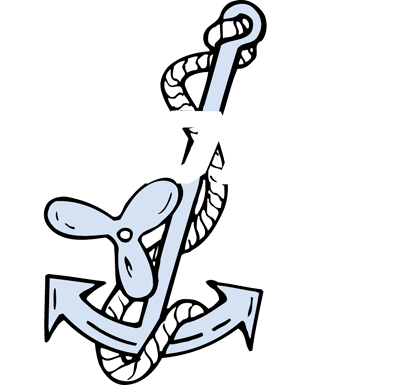One moment they were getting coffee and confirming delivery of ship’s provisions, and the next the lake freighter was grinding to a halt on the bedrock floor of Lake Superior — puncturing steel in multiple places and flooding her forward ballast tanks to the waterline less than 30 feet above the well-charted bottom of Whitefish Bay.
Those details and more were part of the National Transportation Safety Board’s marine accident brief, the “Grounding of Freighter Roger Blough,” released in July.
The report pinned responsibility for the grounding on the bridge’s seasoned mariners, including a second mate in control of the ship who both failed to heed a verbal command from the ship’s master to slow down, and “failed to use all navigational resources to determine the ship’s position as it approached shallow water near Gros Cap Reefs.”
Stalled in the southeastern-most part of the lake, the Blough was considered a “marine casualty.” No one was hurt, nor pollution reported, but the damage to the ship was significant — $4.5 million worth to the Blough’s hull and interior cargo system of tunnels, belts and pulleys. Freeing the Blough required a two-day lightering of her taconite iron ore cargo onto a pair of fleet mates, the Arthur M. Anderson and Philip R. Clarke. Afterward, the Blough was shepherded to a shipyard in Sturgeon Bay, Wis., to be out of commission for about two months of repairs.
Canadian National Railway owns the Blough as part of its Great Lakes Fleet of ships, which are operated by Key Lakes Inc., based in Duluth. Both parties declined to comment on personnel actions taken in the wake of the NTSB conclusions, said CN spokesman Patrick Waldron.
The NTSB report noted the master has sailed the lakes for 28 years and the second mate for 17. According to the NTSB report, Key Lakes did use the Blough example as the topic of the company’s most recent annual fleet seminar training, studying lessons learned from the grounding while also providing refresher training on “no-go” areas.
Before the grounding at just past noon, the Blough had emerged from fog into a clearing day and was attempting to maneuver past a powerless dead-ship, the Tim S. Dool, being towed by the Anglian Lady.
The Blough never made the pass — getting hung up on the channel’s outer edges and skidding to a long stop that pulled into view the Gros Cap Reef Light 240 yards away. The light is a mid-lake protrusion that marks the start of the St. Marie River. The results of a separate U.S. Coast Guard investigation into the grounding have yet to be released.
Since 1935, MOPS has protected the licenses and livelihoods of more than 80,000 deck and engineering officers, state and federal pilots and certified tankermen.
We cover USCG licensed officers operating aboard vessels of any size in every sector of the maritime industry. If you want a quote, give us a ring at 800-782-8902, ext. 3608 or 3302. Or fill out our online form and we'll email you a quote.


